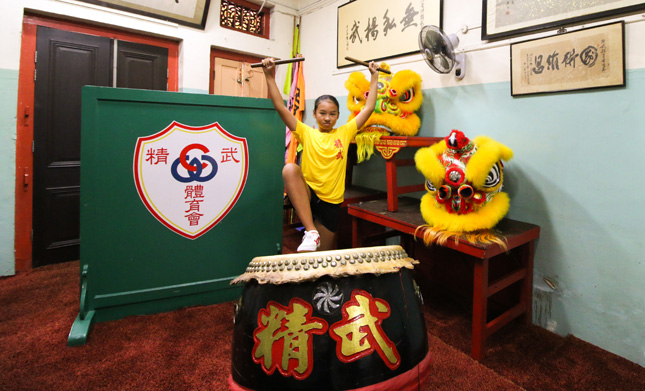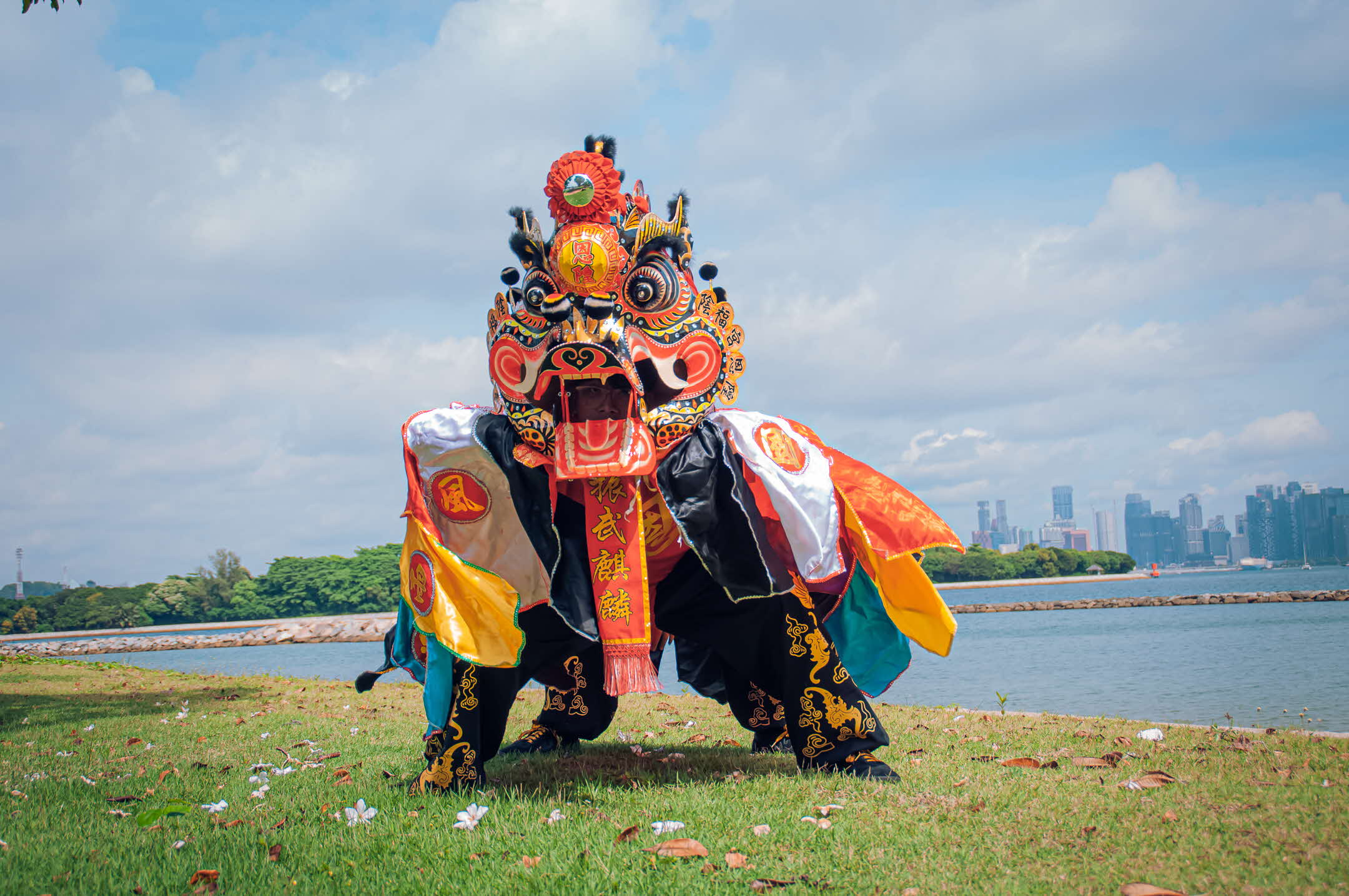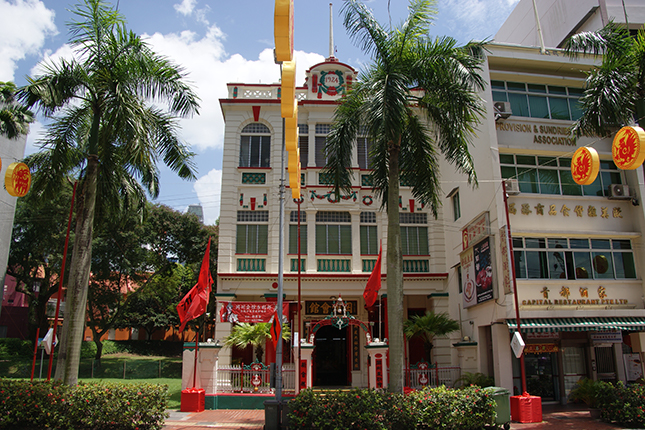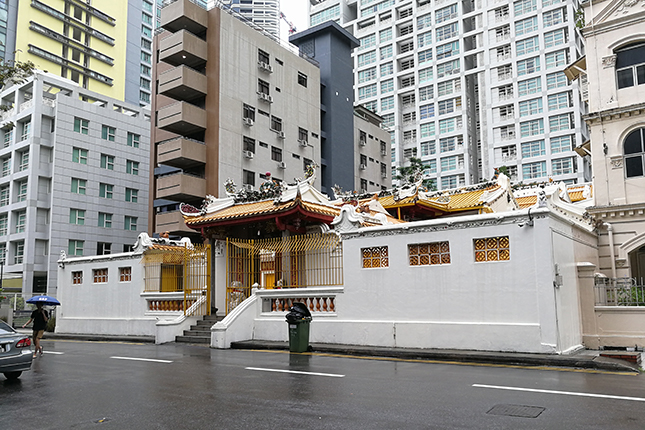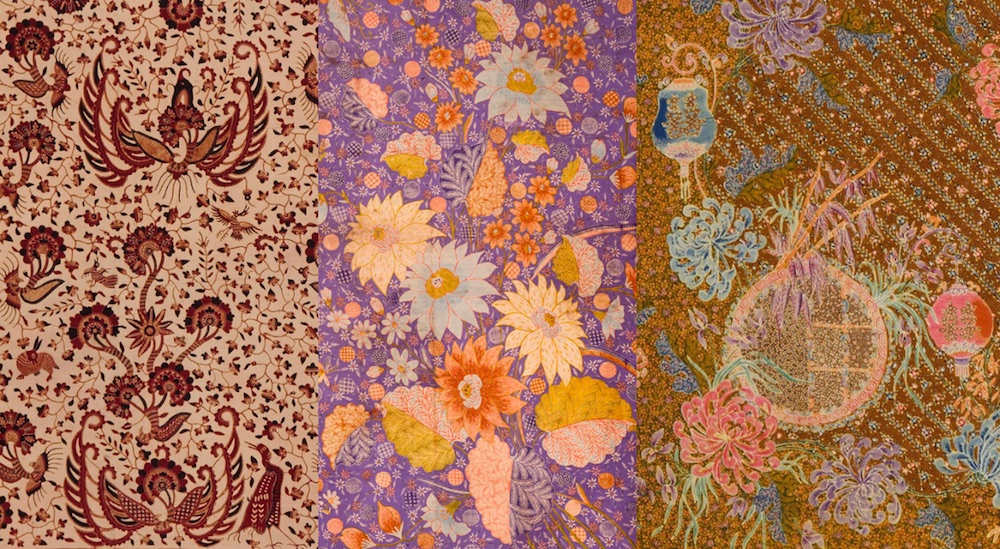Wushu
Wushu (武术), also known as Chinese martial arts, originated in China. There are two different types of wushu: taolu (套路, choreographed movements) and sanda (散打, sparring, in the form of punches and kicks). Taolu may be further divided into “traditional” and “contemporary” categories. The former includes fist and weapon routines while the latter routines may either be fixed or choreographed.
There are many variations of wushu, which can be classified by style—internal (内家拳, nei jia quan) or external (外家拳, wai jia quan), or by location—Southern (南拳派, nan quan pai) or Northern (北拳派, bei quan pai). Modern wushu routines involve both bare-hand sparring and standard weapons like swords.
Geographic Location
Wushu originated in China, and is practised in countries which has Chinese diaspora.
Communities Involved
In the past, wushu was practised mainly by the Chinese community because it started out as a sport within Chinese clan associations. Today, wushu is a sport that anyone can participate in, regardless of age or race. Apart from the Singapore Wushu Dragon and Lion Dance Federation (formerly known as the Singapore National Pugilistic Federation), which is a national organisation that oversees the promotion of wushu, dragon and lion dance activities, there are many other associations and organisations offering wushu classes for interested individuals.
Associated Social and Cultural Practices
While wushu started out as a means of self-defence, the competitive aspect has become more prominent throughout the world and indeed, in Singapore. Competitive wushu places a greater emphasis on perfecting acrobatic movements, jumps and other routines. In Singapore, the three major categories of contemporary wushu are changquan (长拳), nanquan (南拳) and taijiquan (太极拳).
In Singapore before 1967, wushu used to be practised by Chinese from the various clan associations (hui kuans, 会馆). Fights were common between clans in the past due to a strong sense of identity. The Singapore National Pugilistic Federation was thus inaugurated to reduce conflicts between loose, disparate factions and provide them with a common platform to advance their interest in the pugilistic arts. Later renamed the Singapore National Wushu Federation (SNWF) and then the Singapore Wushu Dragon and Lion Dance Federation, it provided training in taolu (套路, choreographed routines for competitions) and sanda (散打, competitive sparring). Wushu was also offered as a co-curricular activity (CCA) in schools, thus opening it up to students of all ethnic groups.
The peak of wushu in Singapore was when the team participating in the 1993 Southeast Asia Games (SEA Games) won seven gold medals. A greater number of youngsters became interested in taking up wushu, and today, there exists many martial arts schools offering wushu classes.
Present Status
In Singapore,wushu is regularly featured in the Chingay Parade, an annual parade held around Chinese New Year which includes different cultural performances from major ethnic groups in Singapore.
Competitions are held regularly among schools, and a sizeable number of schools have wushu clubs. Wushu has also been increasingly practised as a competitive sport at national and international competitions such as the Southeast Asian Games.
There has been an increased interest in martial arts as a whole in recent years, with many forms of Mixed Martial Arts (MMA) classes being offered. The availability of wushu as a co-curricular activity (CCA) in many schools allow interested individuals to start learning from a young age.
References
Reference No.: ICH-013
Date of Inclusion: April 2018; Updated March 2019
References
Farrer, D.S and Whalen-Bridge, John. Martial Arts as Embodied Knowledge: Asian Traditions in a Transnational World. New York: Suny Press, 2011.
Green, Thomas A. Martial Arts of the World: An Encyclopaedia of History and Innovation. California: ABC-CLIO, 2010.
Liang, Shouyu. “An Introduction to Chinese Martial Arts” (translated by Bill Chen and Mike Sigman), www.nardis.com/~twchan/liang.html. Accessed 12 December 2018.
National Library Board, “The Singapore National Pugilistic Federation is Established”, HistorySG, http://eresources.nlb.gov.sg/history/events/cce5073a-fcf5-44a8-8d1d-21771dc304e8. Accessed on 12 December 2018.
Singapore Wushu Dragon and Lion Dance Federation, https://www.wuzong.com/en/aboutus.php. Accessed 12 December 2018.
Toh, Ting Wei. “Wushu’s class of ’93 almost matched”. The Straits Times, 10 June 2015.




